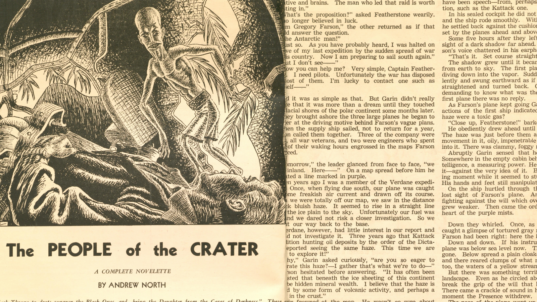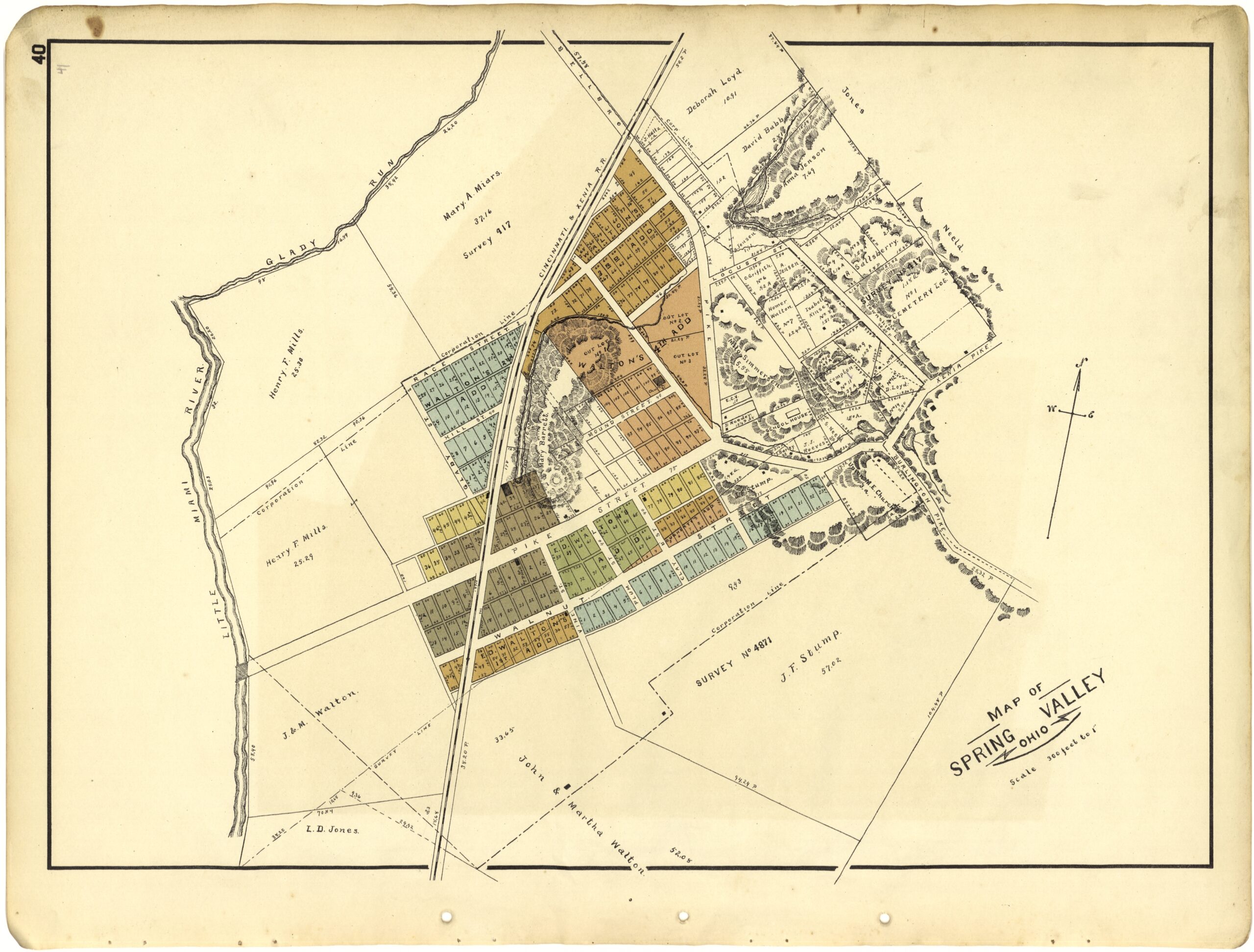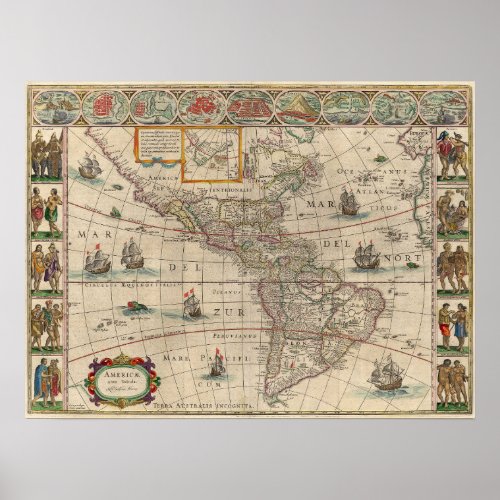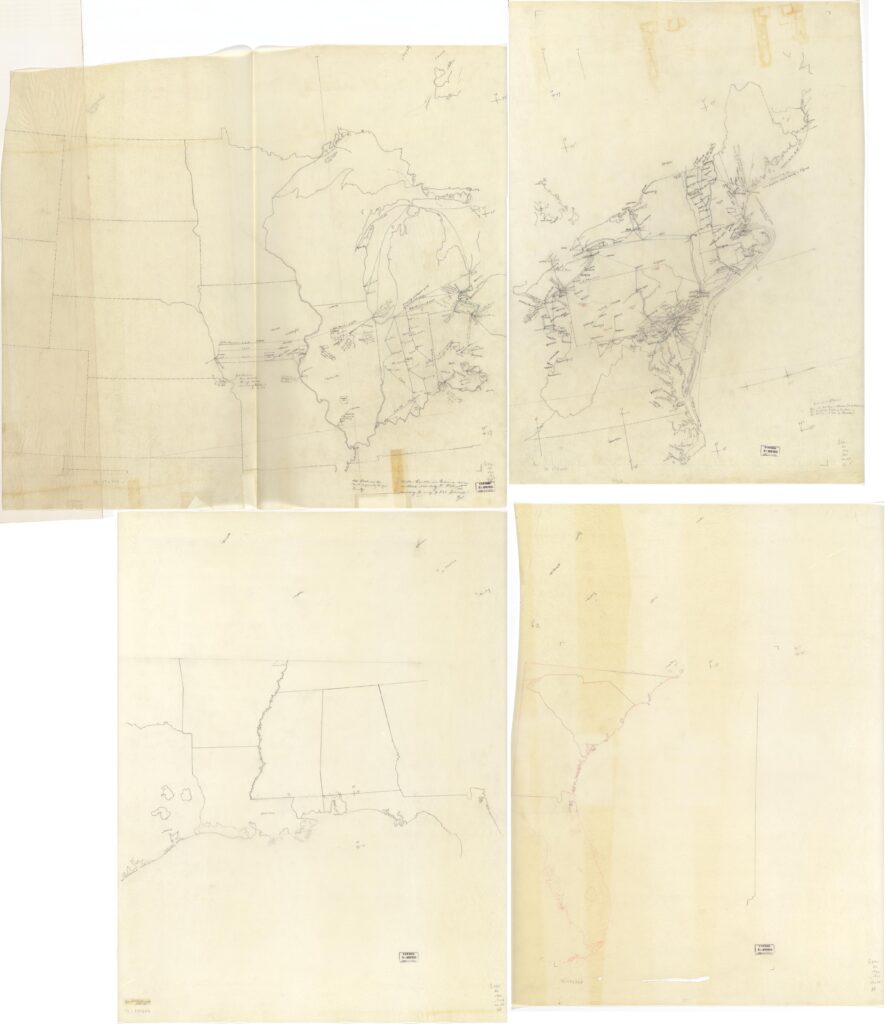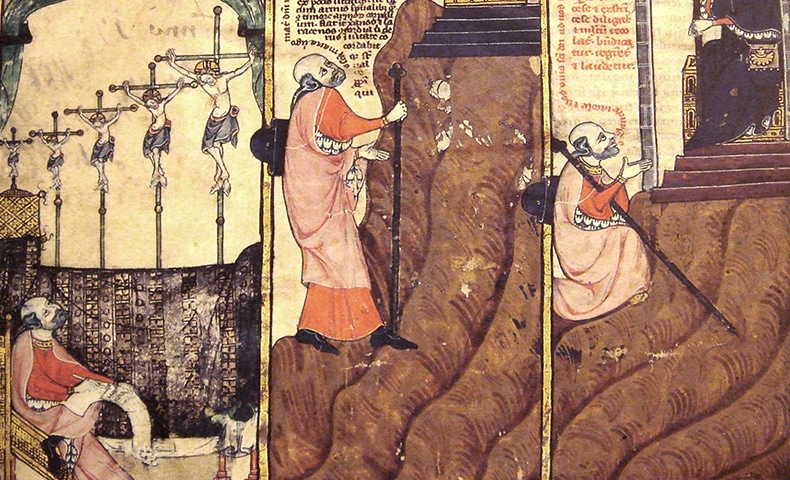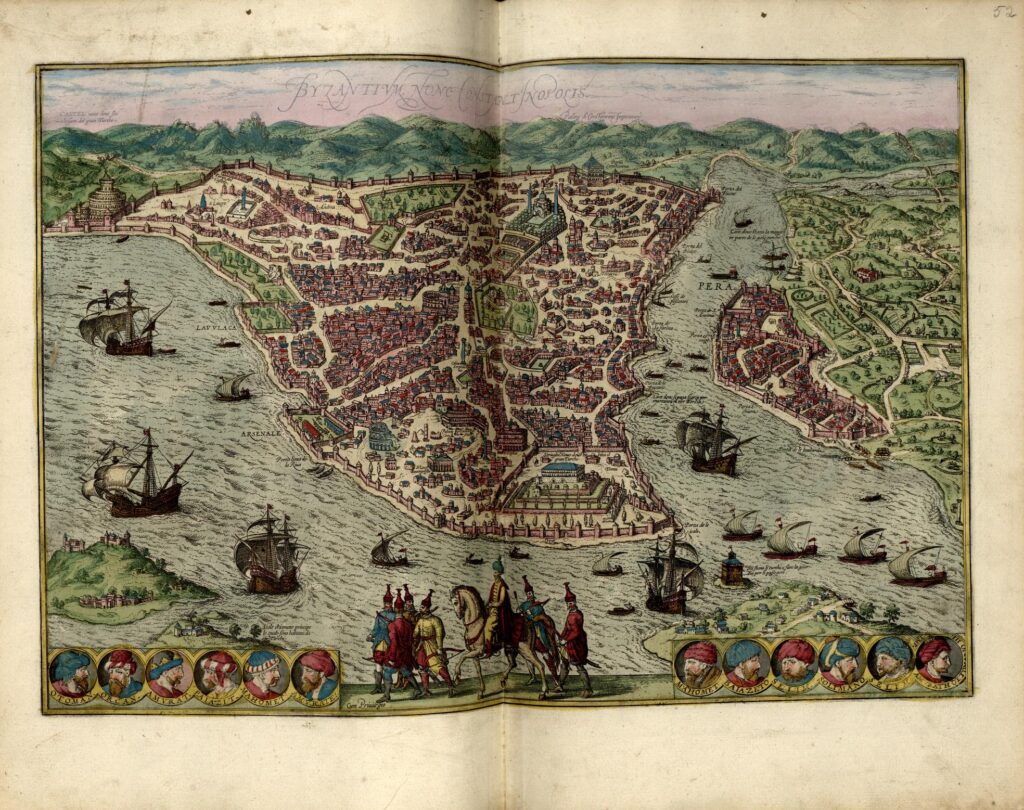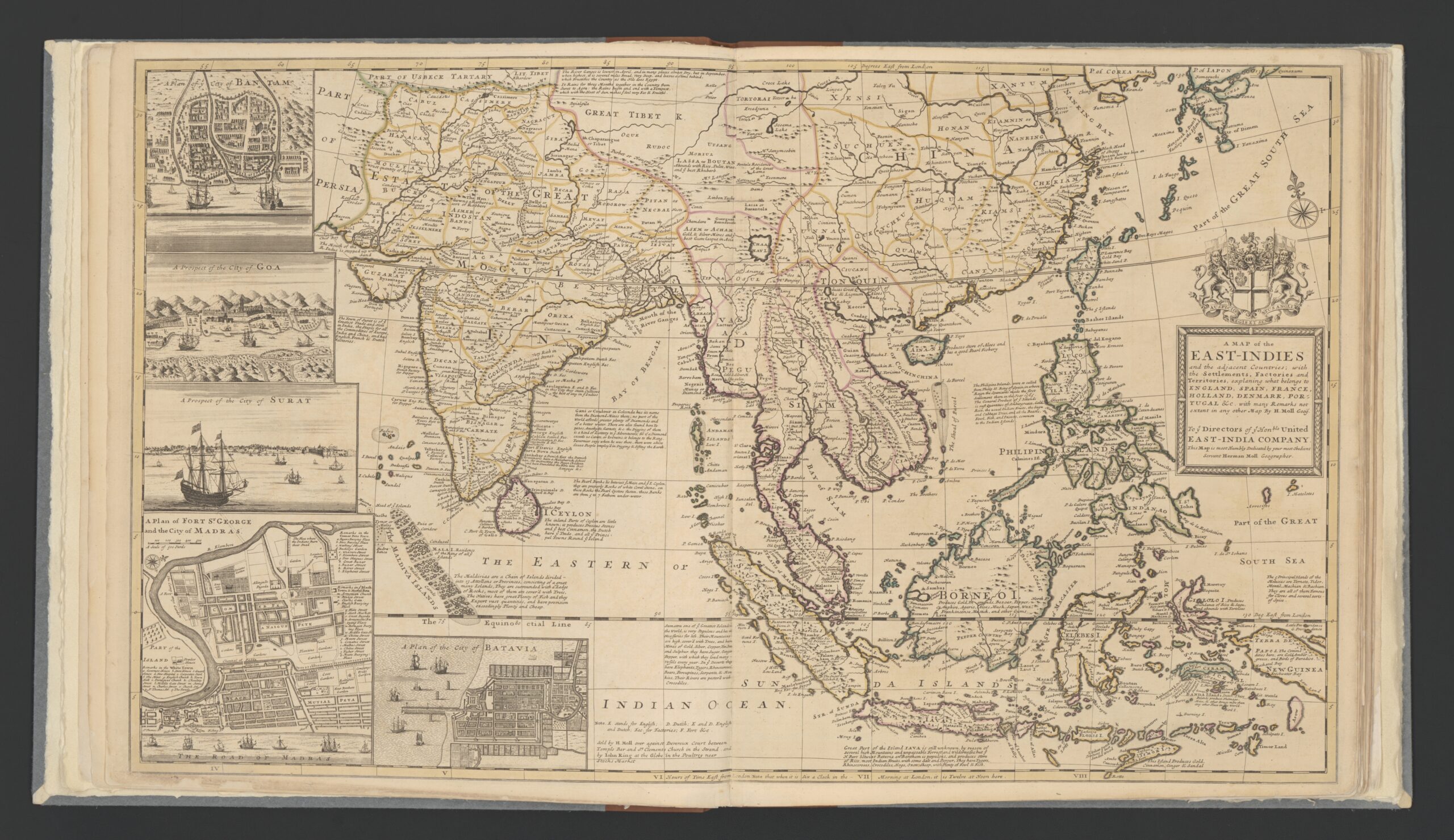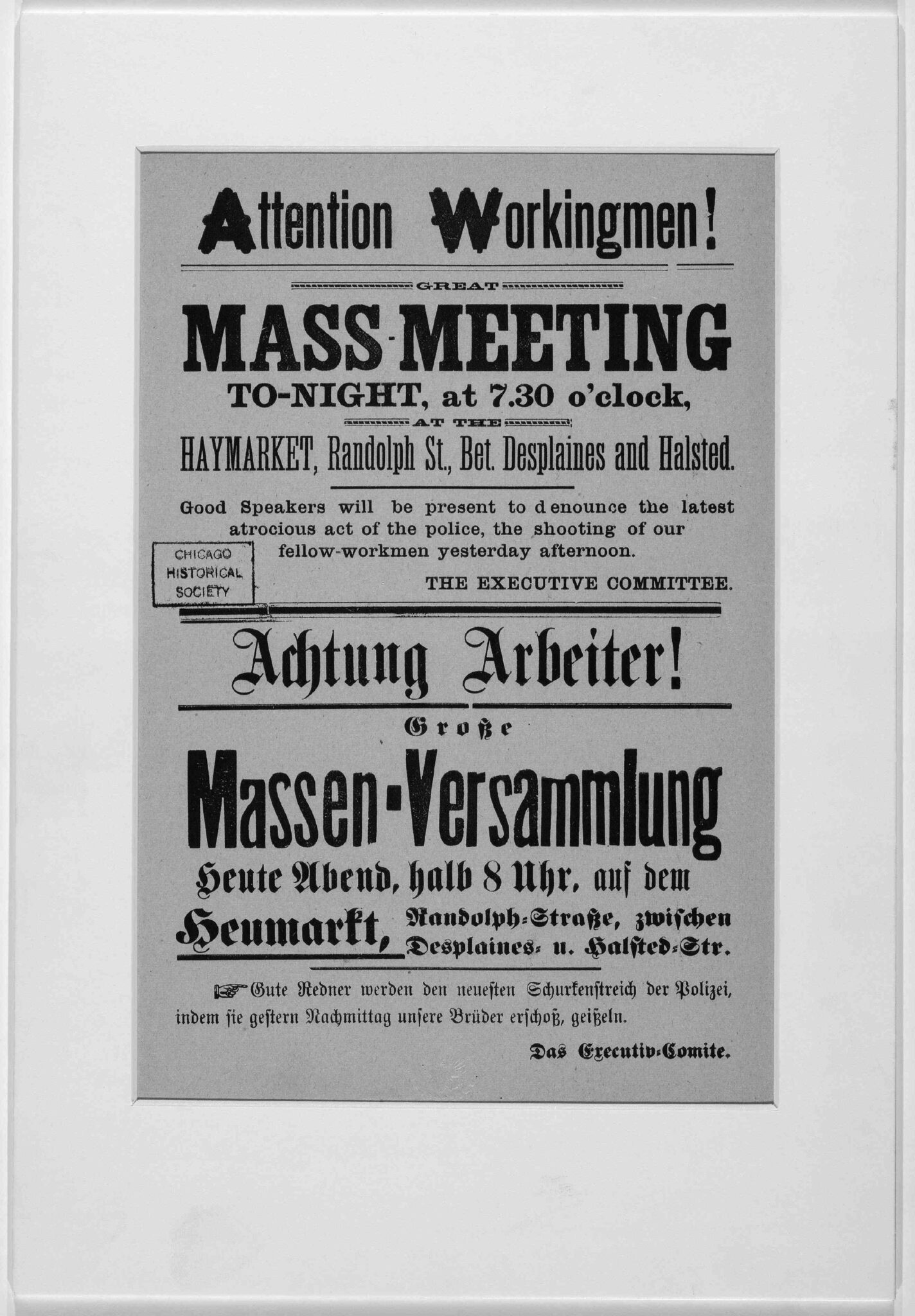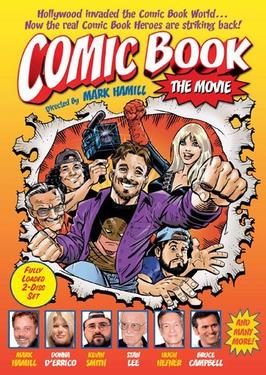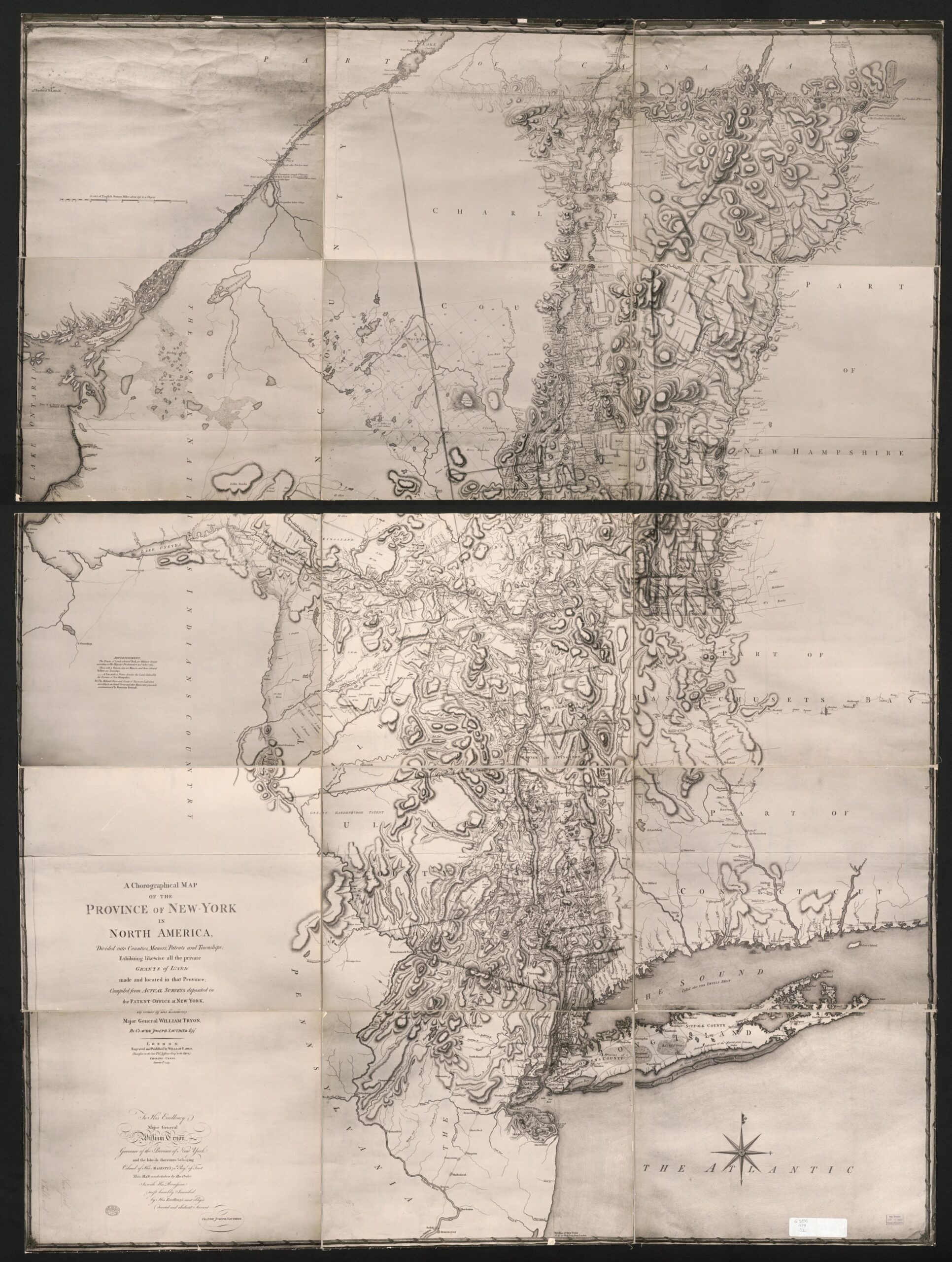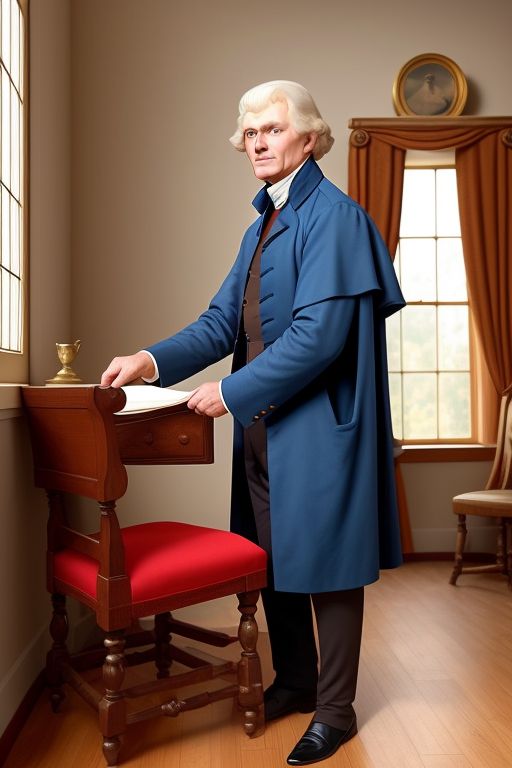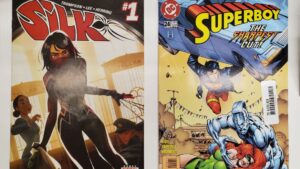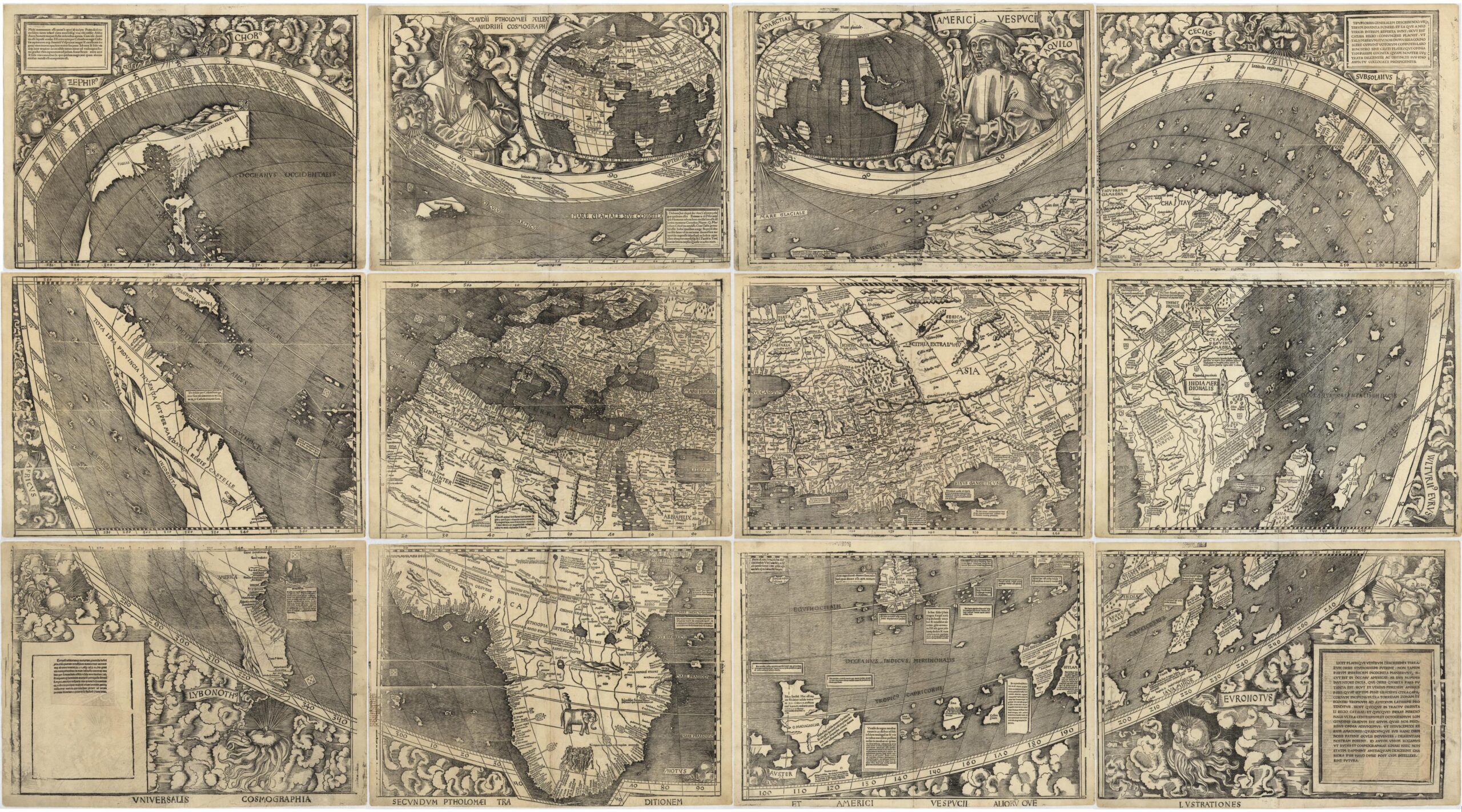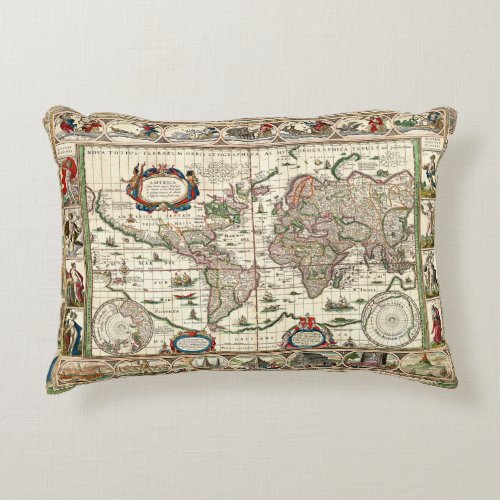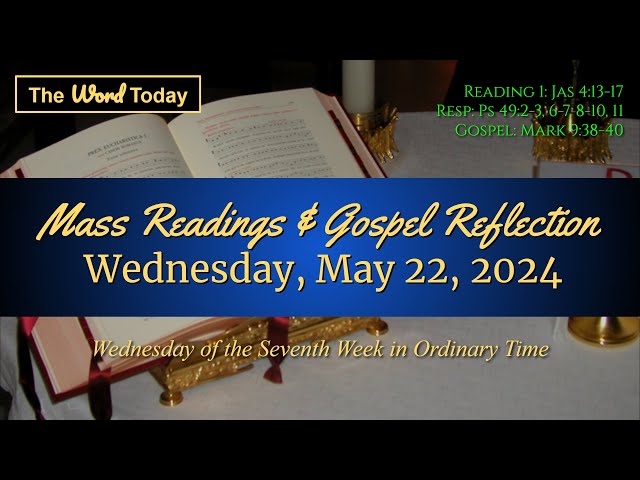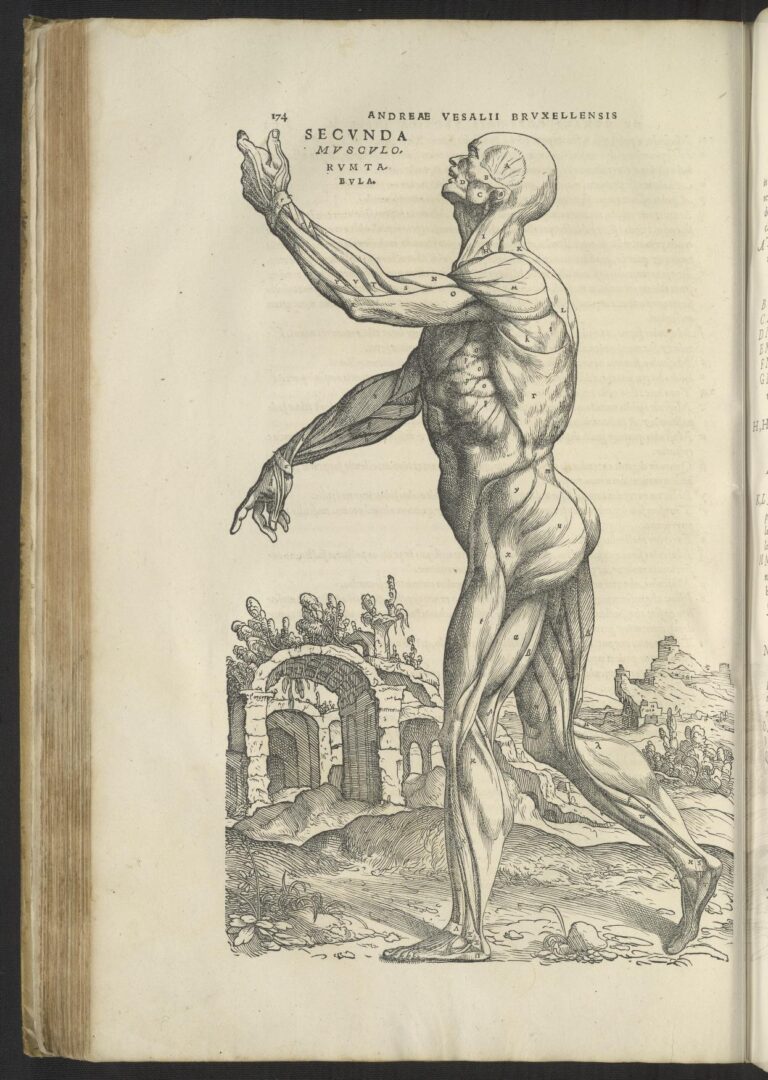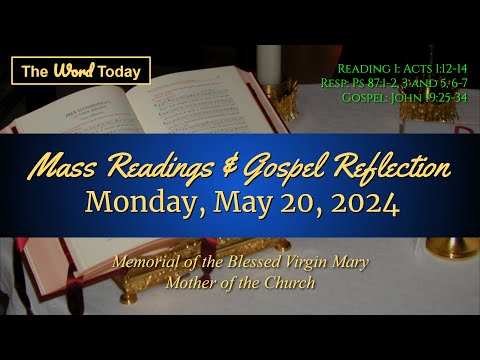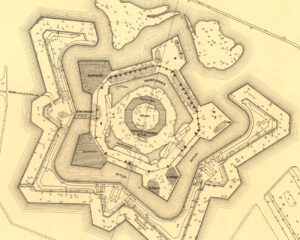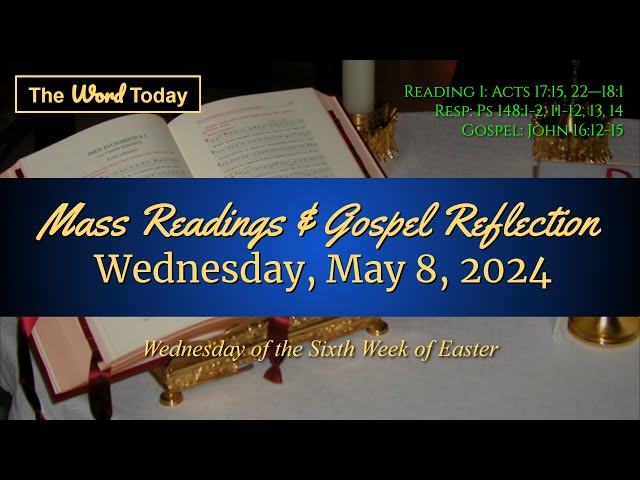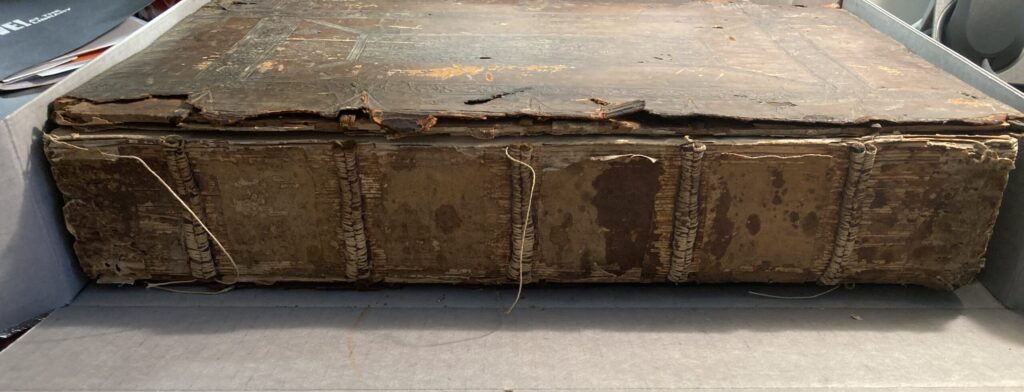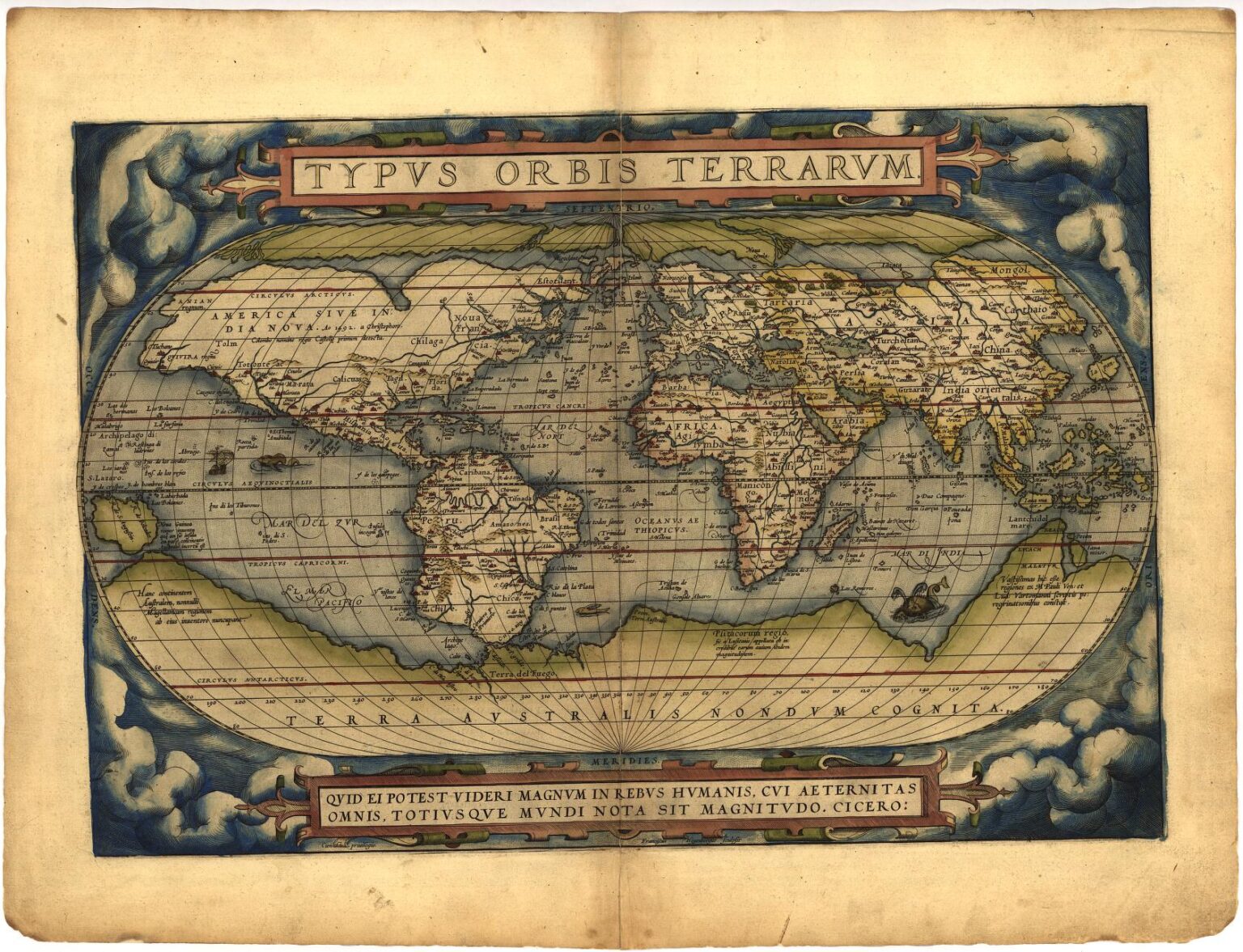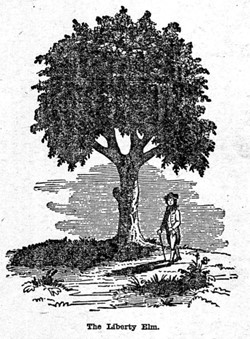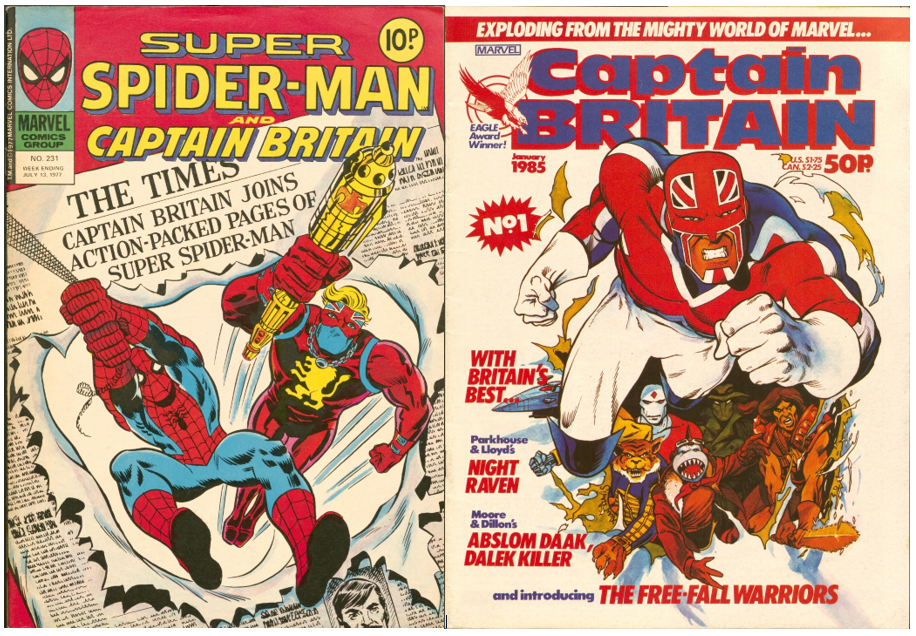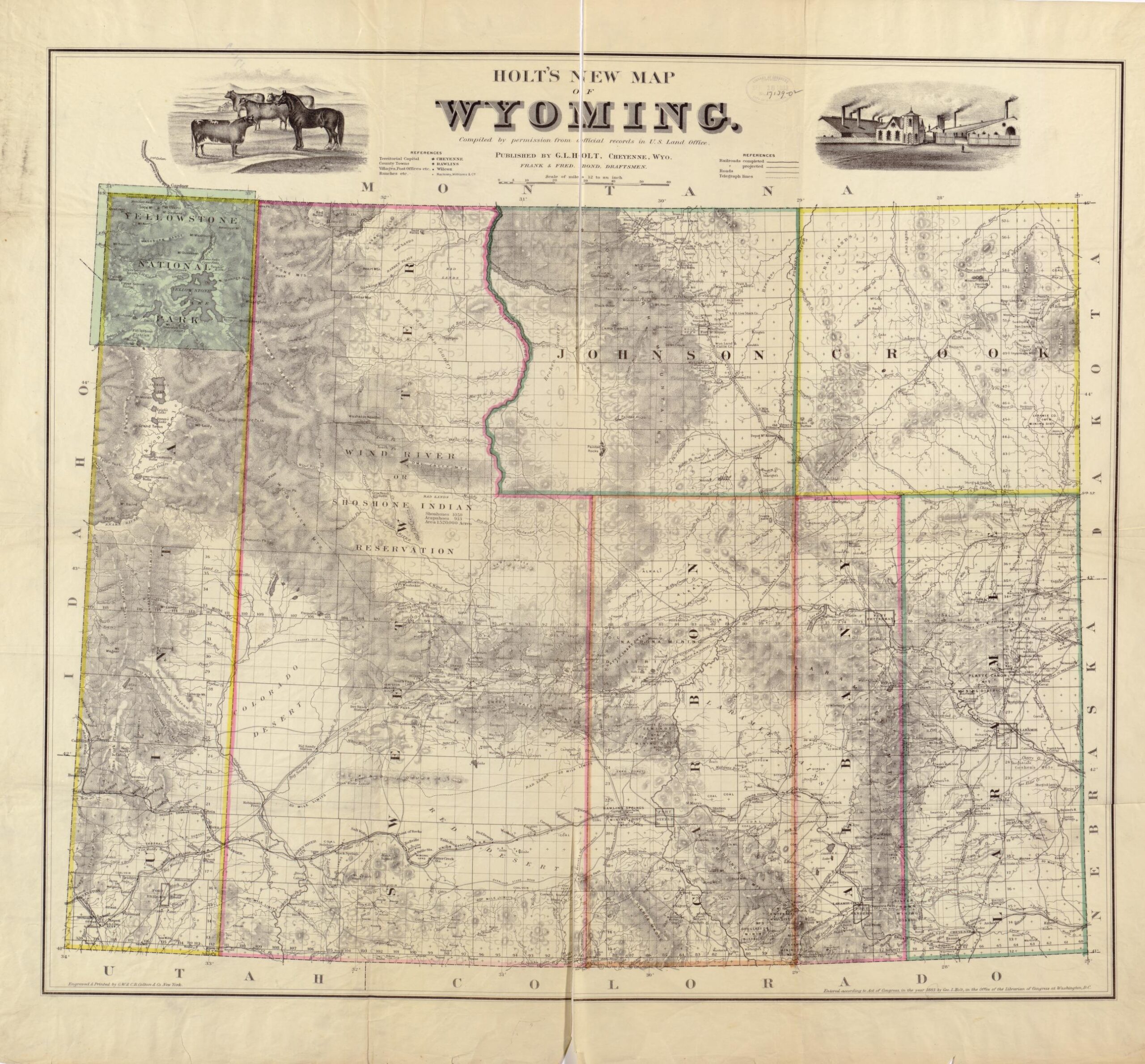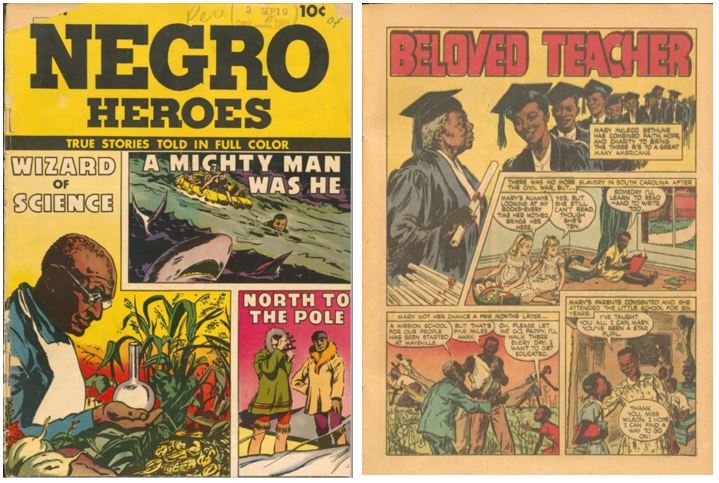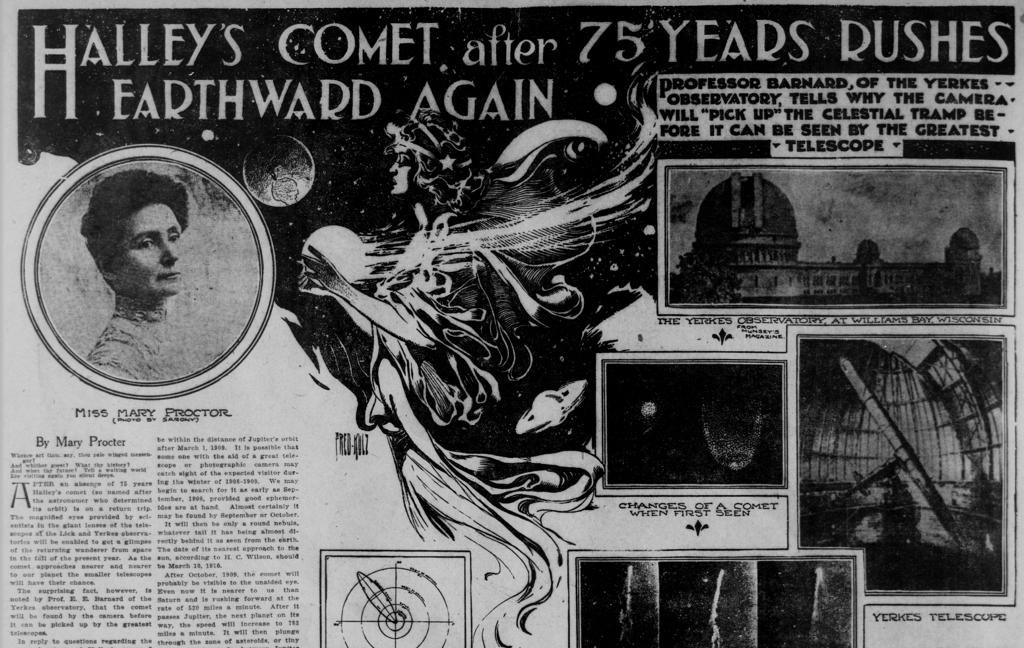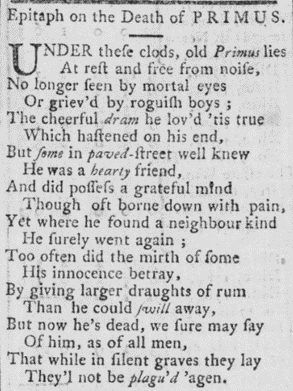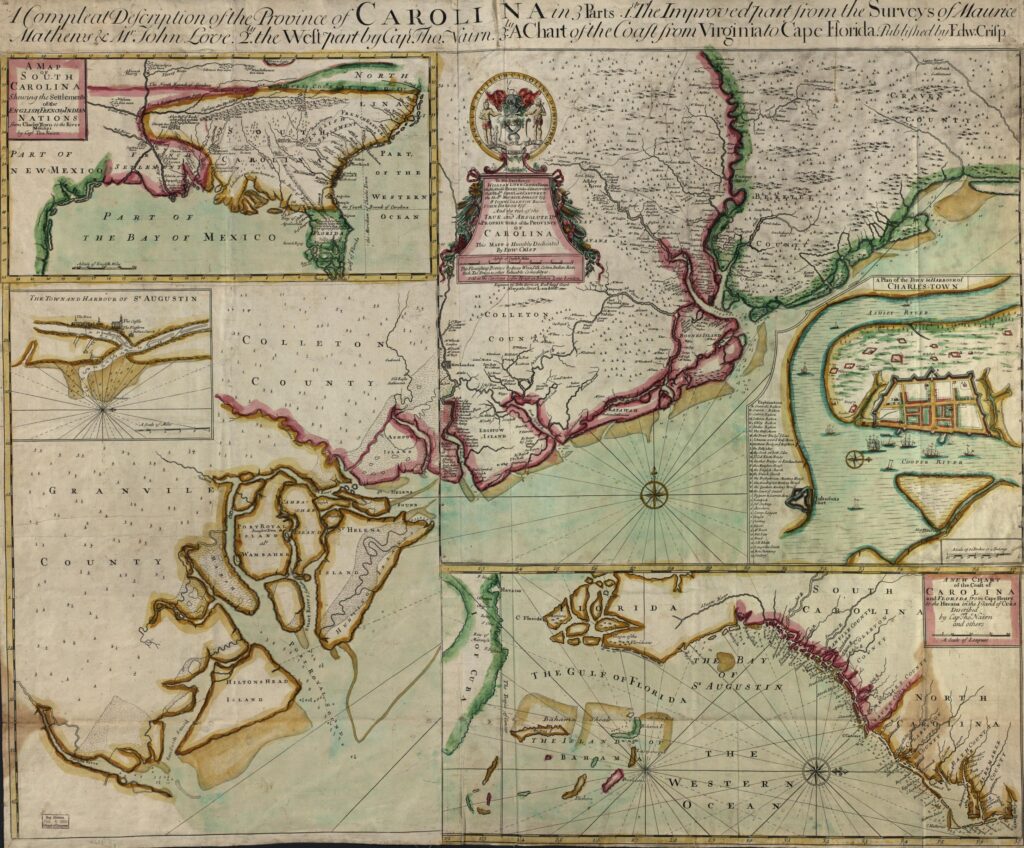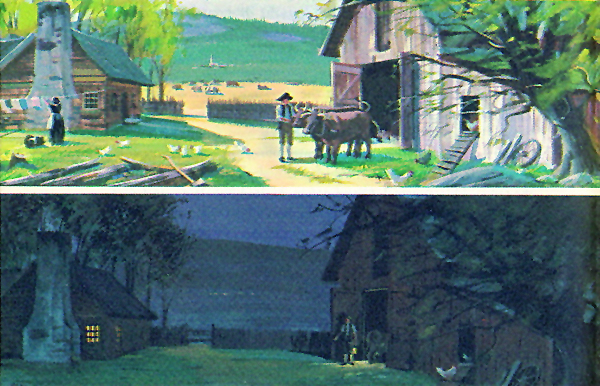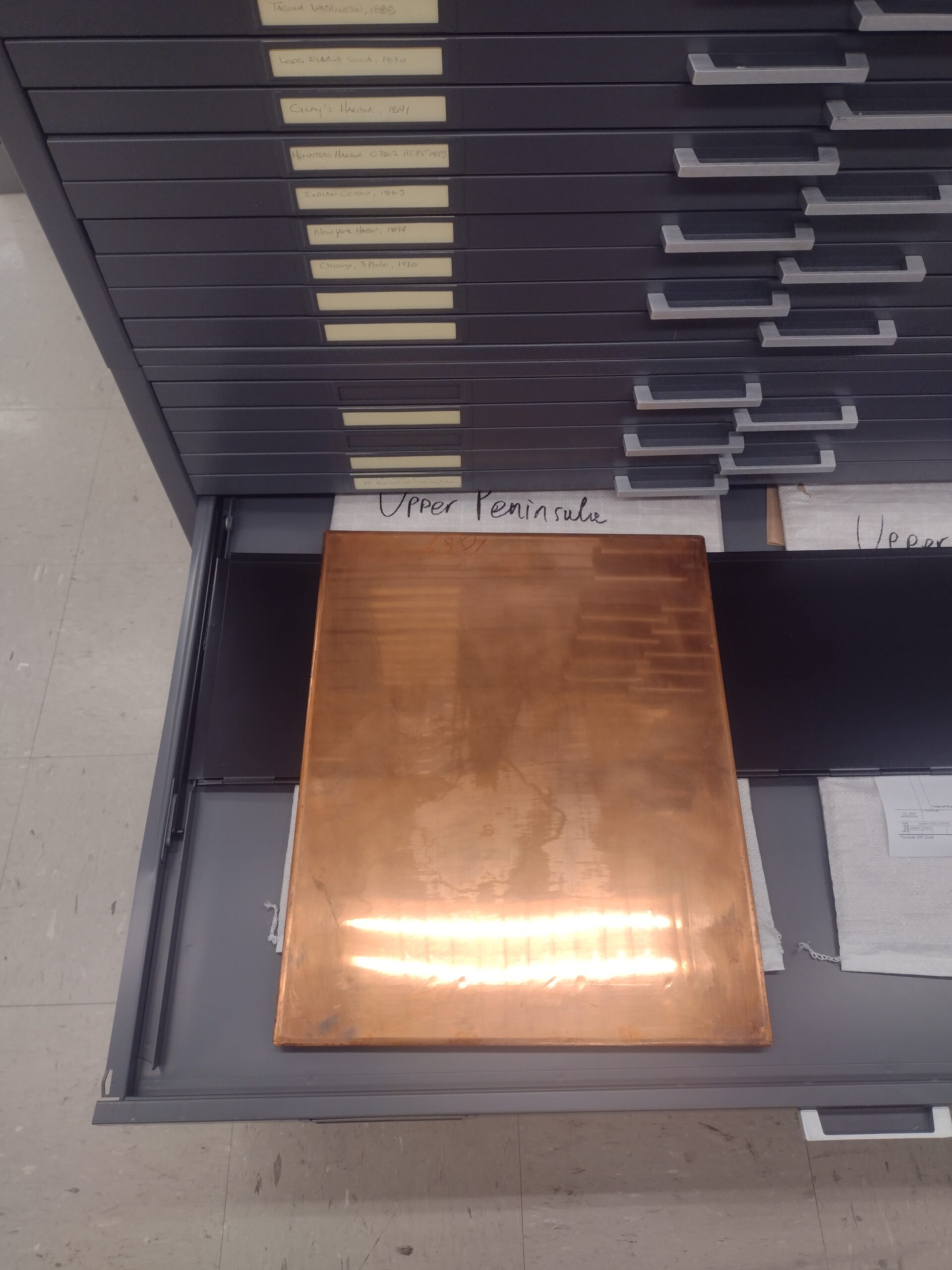A reading from the Acts of the Apostles
Acts 6:8-15
Stephen, filled with grace and power,
was working great wonders and signs among the people.
Certain members of the so-called Synagogue of Freedmen,
Cyreneans, and Alexandrians,
and people from Cilicia and Asia,
came forward and debated with Stephen,
but they could not withstand the wisdom and the Spirit with which he spoke.
Then they instigated some men to say,
“We have heard him speaking blasphemous words
against Moses and God.”
They stirred up the people, the elders, and the scribes,
accosted him, seized him,
and brought him before the Sanhedrin.
They presented false witnesses who testified,
“This man never stops saying things against this holy place and the law.
For we have heard him claim
that this Jesus the Nazorean will destroy this place
and change the customs that Moses handed down to us.”
All those who sat in the Sanhedrin looked intently at him
and saw that his face was like the face of an angel.
From the Gospel according to John
Jn 6:22-29
[After Jesus had fed the five thousand men, his disciples saw him walking on the sea.]
The next day, the crowd that remained across the sea
saw that there had been only one boat there,
and that Jesus had not gone along with his disciples in the boat,
but only his disciples had left.
Other boats came from Tiberias
near the place where they had eaten the bread
when the Lord gave thanks.
When the crowd saw that neither Jesus nor his disciples were there,
they themselves got into boats
and came to Capernaum looking for Jesus.
And when they found him across the sea they said to him,
“Rabbi, when did you get here?”
Jesus answered them and said,
“Amen, amen, I say to you, you are looking for me
not because you saw signs
but because you ate the loaves and were filled.
Do not work for food that perishes
but for the food that endures for eternal life,
which the Son of Man will give you.
For on him the Father, God, has set his seal.”
So they said to him,
“What can we do to accomplish the works of God?”
Jesus answered and said to them,
“This is the work of God, that you believe in the one he sent.”
This is an example of how Jesus corrects the attitude of the people, of the crowd, because as they were journeying they gradually strayed from that first moment, from the first spiritual consolation, and took a path that was not the right one, a path more worldly than evangelical.
This makes us understand how many times we ourselves have started out on the path of following Jesus, with the values of the Gospel, and then halfway down the road we get another idea, we see some sign or other, and we stray and conform to something more temporal, more material, more worldly – let’s say – and we lose the memory of that first enthusiasm we had when we heard Jesus speak. The Lord always makes us return to that first encounter, the first moment when He looked at us, He spoke to us and He inspired in us the desire to follow Him. This is a grace to ask of the Lord, because in life we will always have this temptation to stray because we see something else: “But that will go really well, but that’s a good idea”, and we distance ourselves. The grace to return to the first call, the first moment: to not forget, to not forget my history, when Jesus looked at me with love and said to me, “This is your path”; when Jesus, through many people, made me understand what the path of the Gospel is, and not other paths that are more worldly, with other values. To return to the first encounter. (Santa Marta, 27 April 2020)
Read More
